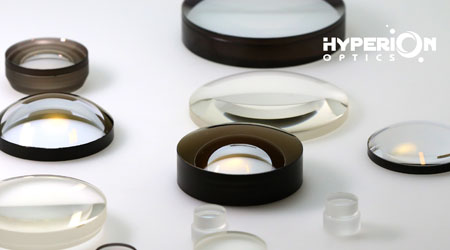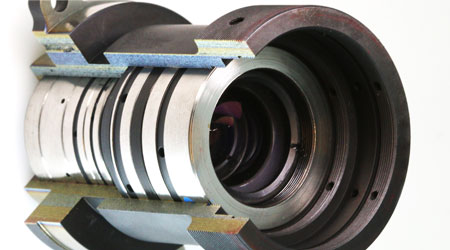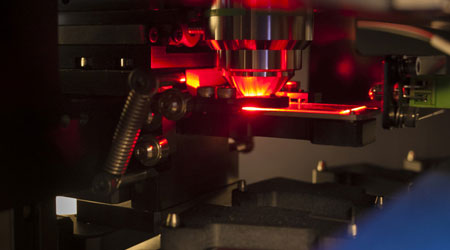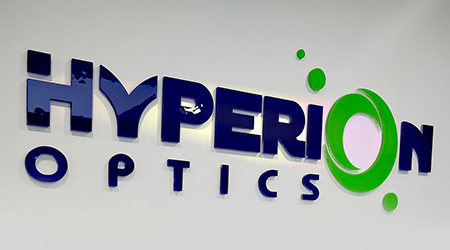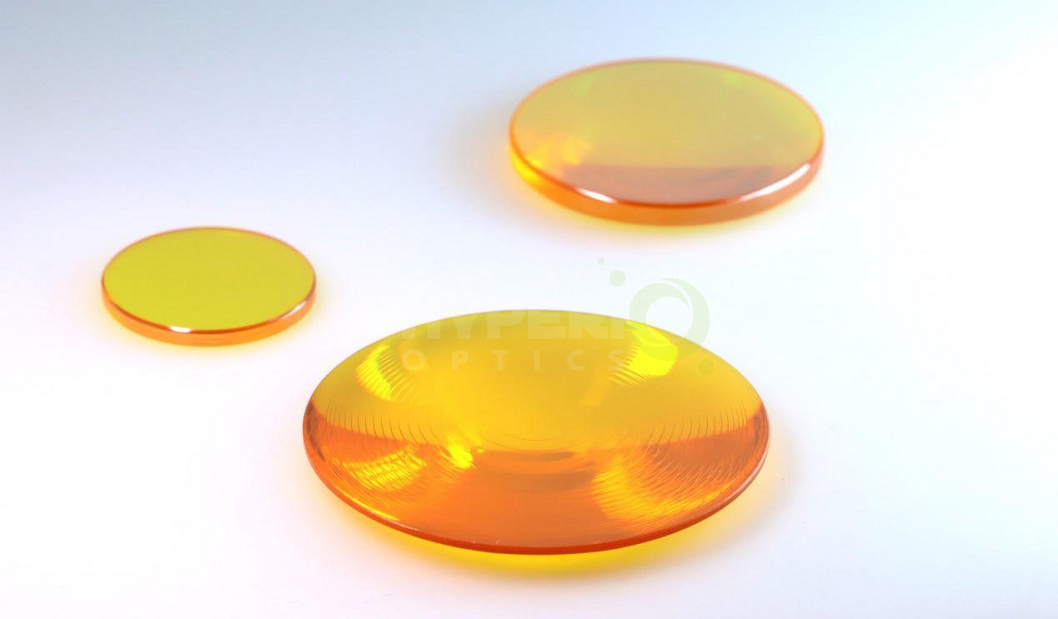
Diffractive Optical Elements (DOEs) have complex microstructural surfaces to manipulate (or “shape”) and split laser beams in an energy-efficient manner to achieve the desired optical functions. DOEs can achieve minimal light loss and enhance optical systems due to its lightweight and compact size and its ability to substitute multiple elements.
DOEs can be used in a wide range of applications, especially but not just for laser systems. Laser material processing, biotechnology, medical and diagnostic instruments, lighting, lithography, measurement, and metrology systems are all areas where DOEs can add value. In recent years, Hyperion’s DOEs fabrication techniques have become increasingly mature and cost-effective. DOEs are used to pattern light in work areas for custom illumination. Hyperion Optics offers DOEs for all wavelengths across the spectrum.
Hyperion Optics is able to expand our DOE manufacturing capability to Chalcogenide glass types to fully take into the benefits of aspherical and diffractive surfaces within one element for IR applications. Contact Hyperion to learn more about how DOEs can enhance your system design today.
As a reliable systems partner, Hyperion Optics supports its customers at all phases, from the initial concept to manufacturing and system integration. Our short production cycles added further advantages to a quick turnaround from development to serial production.
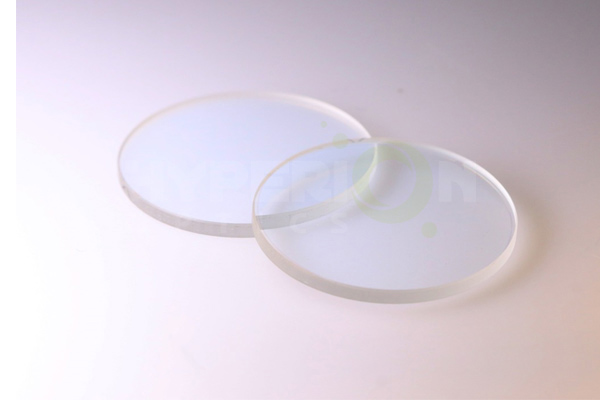
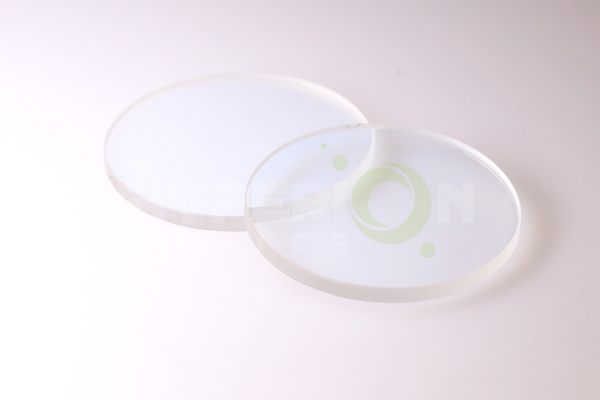
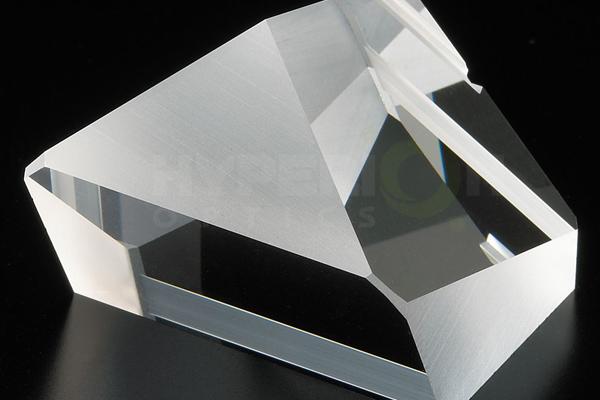
 Call us on:
Call us on:  Email us:
Email us:  R&D Center: 9B-4F 401,No.1 Qingnian Road Liando U Valley,Yuhua International Wisdom Valley, Nanjing, 210039 China
R&D Center: 9B-4F 401,No.1 Qingnian Road Liando U Valley,Yuhua International Wisdom Valley, Nanjing, 210039 China









 English
English  cn
cn  de
de  es
es  fr
fr 